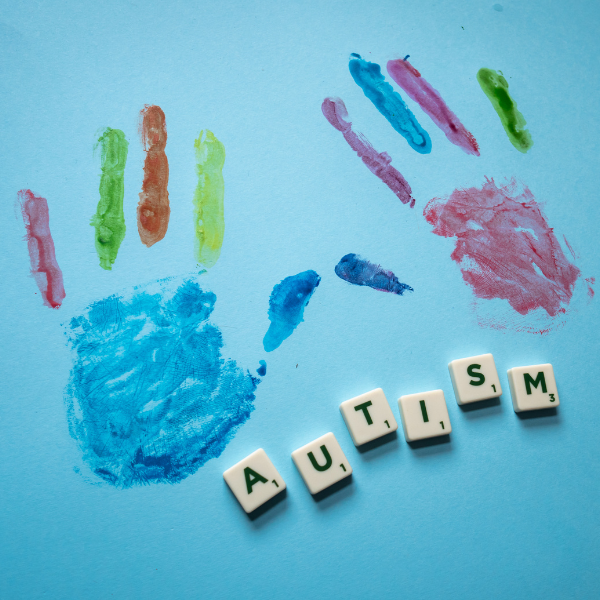
Autism is a complex developmental disability that affects how individuals interact with their environment and perceive the world around them. It is a spectrum disorder, meaning that it can manifest itself in different ways depending on the individual. While it is often associated with social and communication difficulties, there is much more to autism than meets the eye. In this blog post, we will explore the basics of autism, the different types of autism, and the various treatments available.
First, it is important to understand the basics of autism. Generally speaking, individuals with autism have difficulty with communication, social interactions, and behaviors that are repetitive or restricted. They may also experience sensory issues, such as difficulty processing sound, light, or touch. Autism is also associated with difficulty in learning and understanding language.
Next, let’s touch on the different types of autism. Autism is a spectrum disorder, meaning that it can manifest itself differently in each individual. The most common types of autism are Autistic Disorder, Asperger’s Syndrome, Pervasive Developmental Disorder-Not Otherwise Specified (PDD-NOS), and Childhood Disintegrative Disorder. Each type of autism has its own unique characteristics and symptoms, so it is important to seek a professional diagnosis if you are concerned that your child may have autism.
Third, let’s consider the various treatments available for autism. Treatment for autism typically involves a combination of therapies, such as speech therapy, occupational therapy, and behavioral therapy. Medication may also be prescribed to help manage symptoms. Additionally, many individuals with autism benefit from social skills training, which can help them learn how to interact with others in a more meaningful way.
Fourth, let’s look at the importance of early intervention. Early intervention is key to helping children with autism reach their full potential. Early intervention can help children learn the skills they need to succeed in school and in life. Additionally, early intervention can help reduce the severity of symptoms and improve overall quality of life.
Finally, let’s explore the importance of support. It is important for individuals with autism and their families to have access to a supportive network. This can include family, friends, therapists, and other individuals who can provide emotional and practical support. Additionally, many communities have organizations that provide resources and support for individuals with autism and their families.
In conclusion, autism is a complex disorder that affects individuals in different ways. It is important to understand the basics of autism, the different types of autism, and the various treatments available. Additionally, early intervention and support are key to helping individuals with autism reach their full potential.
Keywords: autism, spectrum disorder, communication, treatments, early intervention, support